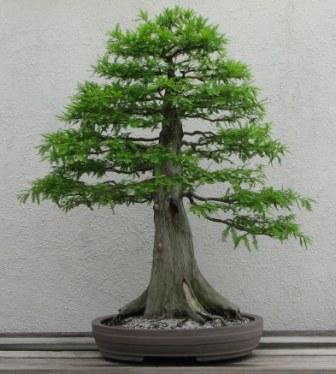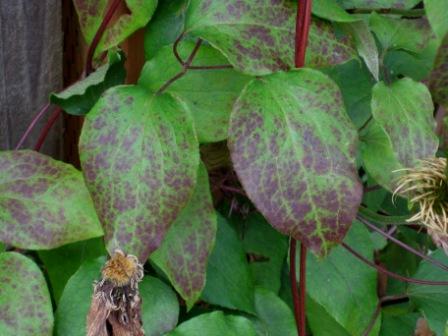Linda’s recent post on the sustainability of topiaries got me to thinking, is any horticultural practice sustainable? And, does it matter?

Picking up on the topiary theme I thought of the ultimate form of tree manipulation, bonsai. I few years ago I visited the National Arboretum in Washington DC, which includes an incredible bonsai display. Some of the bonsai specimens in the collection originated in Japan and are over 300 years old. Is 300 years long enough to consider this a sustainable practice? Does it matter as long as there are individuals willing to devote the time and effort to tend and prune these awesome and inspiring plants?

More recently I visited the International Rose Garden at Washington Park in Portland. Established over 90 years ago the garden is one of the premier attractions in Washington Park and in Portland. Maintaining the garden, however, requires paid staff and an army of volunteers. Is 90 years long enough to consider this sustainable? Does it matter as long as the city is willing to commit resources and volunteers are willing to line up to dead-head and pull weeds?

Closer to home, I maintain about an acre of my place in lawn and various beds – trees, shrubs, herbaceous perennials and even a few (gasp) annuals. Is this sustainable? Does it matter as along as my family and I enjoy our surroundings and are willing to commit the time and effort to mow, weed, edge, prune and dead-head?


